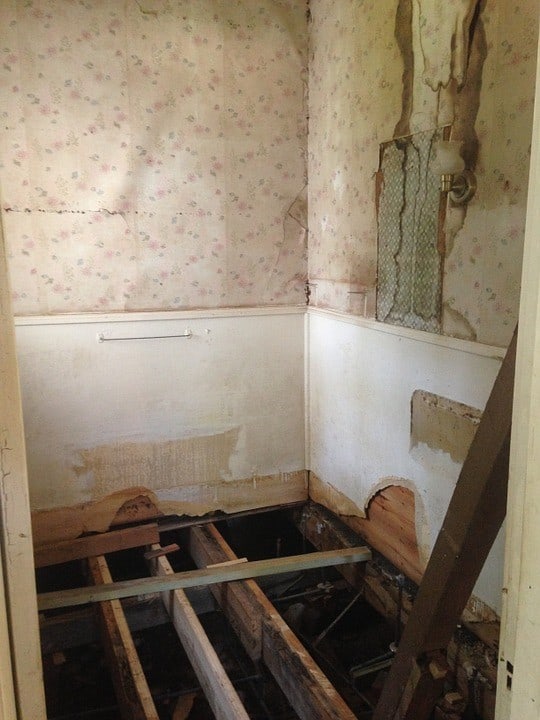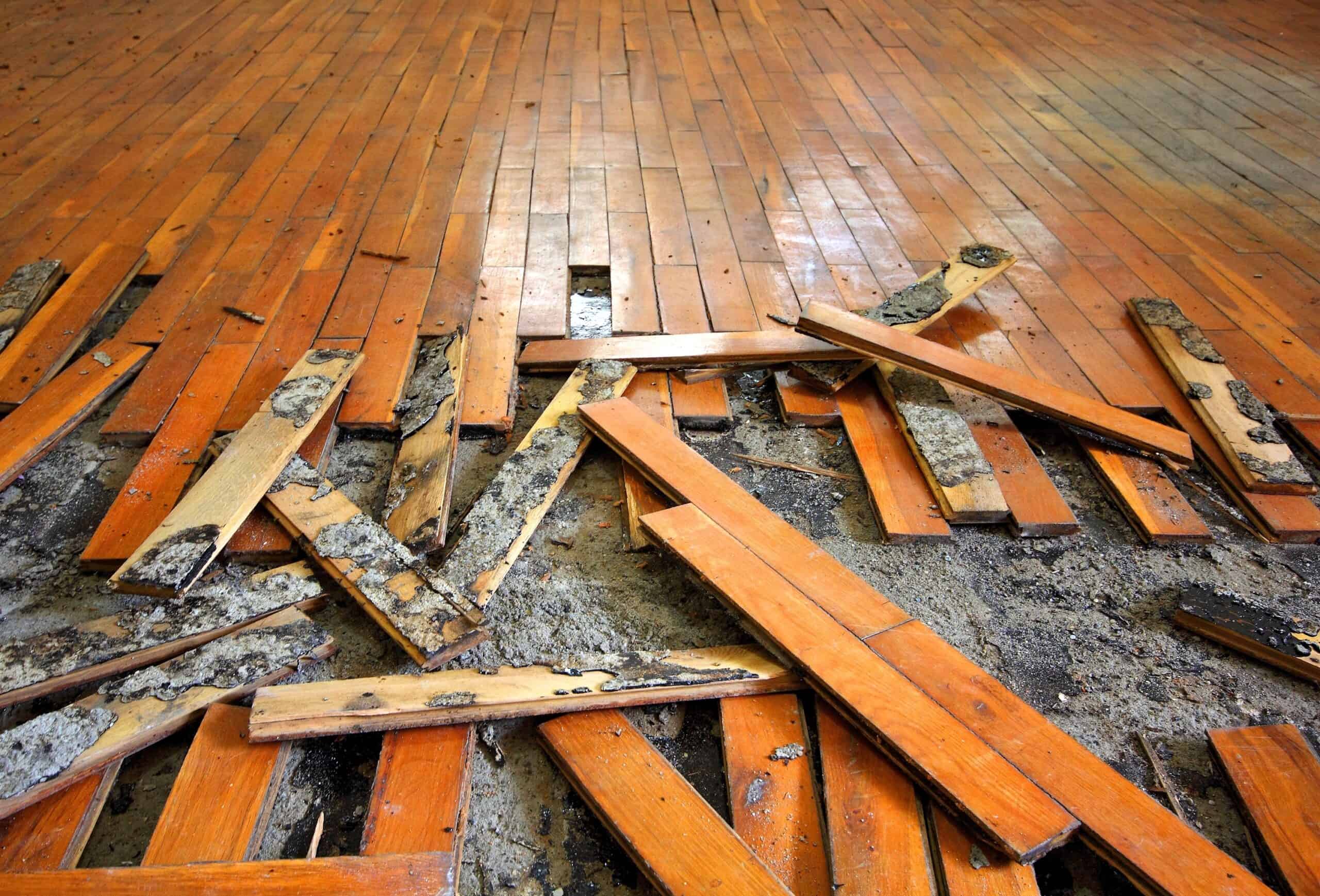Most owners consider house renovating a very exciting prospect. Although they understand that it takes a great deal of preparing and planning, they can not help but think about the process of the house renovating complete. Together with a professional home renovation contractor, the owner eagerly waits for their completed home renovation.
When a homeowner is considering a renovating their house, they will either contact an architect and or a home renovation contractor to begin the discussion about their house needs. The discussion will typically cover such topics as design features, needs assessment and of course the construction renovation budget investment.
If the owner is comfortable with these general findings they will begin the design process and documentation preparations. When the owner approves the design documents the renovation contractor will finalize the construction cost reflected by the documents, product selection allowances and the specifications from the many hours of conversation.
What they typically do not address in any detail are the cost of unexpected and hidden existing conditions uncovered during construction renovating. These types of existing conditions can be anywhere in magnitude from minor repairs to severe replacement in their current state and can also be telling symptoms of worsening conditions.
As distress conditions are usually a slippery slope when it comes to magnitude of cost. We will discuss some of the worst of these conditions that can lead to significant expenses when found or not dealt with when discovered.
House Renovating has Many Serious Surprises that can Set a Project Back
Outdated Electrical
When an owner is considering a house renovating project it is prudent to make allowance for updating electrical gear and plumbing systems. This becomes much more relevant for vintage homes of greater than 40 years due to material composition and their expected service life. As with many aging home products, replacement parts are not always available.
The first real issue with outdated electrical devises is electrical service panel. If is not uncommon to come across main disconnects and breakers that have been discontinued or no longer available. In addition, aging breakers can cause over heating and cause the breakers to trip more frequently than they should.
A second common issue is when wire chaffing or bare wire contact is made with metal surfaces that are not grounded. This can cause light flickering and breakers to be flipped at random times. This can come from wire that was pulled hard through narrow wall openings or rodents chewing on the wire.
In the early 1960’s the NEC (National Electrical Code) adopted a new electrical wire cable which consisted of a ground wire enclosed with a neutral and hot wire in a vinyl sheathing. Since than electrical wire is now color coded by wire size.
This NEC change updated the use of two-wire cable that was coated with a fabric coating. This fabric coated electric cable was introduced in the 1930’s. The code has accepted that the former code compliant cable was still acceptable to use if not modified or altered, but each circuit and outlet receptacle would require to be independently grounded.
Outdated Plumbing Supply & Waste Lines
The plumbing system for a home consist of fixtures, water supply lines and waste lines. There is a long history of approved various types of materials used to comply with IRC & BOCA (International Residential Code & BOCA National Plumbing Code).
The material used for the line piping depends upon the actual purpose and use designed for the system.
Pre 1960’s older home waste lines were commonly cast-iron pipe underneath the foundation and in the walls as vents. The yard waste lines were typically concrete or clay pipe.
The advances in PVC development through the 1960’s and the cost associated with materials caused a widespread shift from iron & clay pipe materials. Schedule 40 PVC waste lines are still today’s standard. The replacement and repairs to these hidden lines is very common.
Residential water supply lines have used even a greater number of different materials. Pre 1960’s water lines where typically galvanized steel. These lines commonly failed due to corrosion and rust.
The widespread use of copper supply lines became very popular in the 1960’s and beyond. Although in recent years the price of copper has skyrocketed and the need for skilled labor to installed caused the acceptance of a new material called PEX (High Density Polyethylene) pipe. PEX is easy to cut and assembled with specialized fittings.
The determination of what is the best modification or repairs to your homes water delivery system is one that is not always easy to conclude without the physical inspection of the existing unseen condition.
Discontinued Materials
One of the greatest aggravations of renovating a vintage home is matching existing materials found in these properties. The construction material industry continues to change over time by going to new synthetic materials and thinner profiles to be more cost effective.
A perfect example of this is the nominal size of framing lumber and cornish. Common lumber was milled to a finish of 3/4″ less than its nominal size. Over the last 40 years the milling has changed to 3/8″ less than the nominal size.
The discontinued material issue becomes even a larger issue with such products as interior millworks, natural stone products and specialized finishes on various types of wood species. It is best to carefully evaluate when to have a special discontinued material custom made versus the option of a full replacement method.
The material selection process for matching materials requires careful evaluation of the quantities and analysis of the consequences of a partial replacement.
Poorly Executed Previous Remodeling
The success of a home renovation project is measured upon the quality and continuity of the proposed project to the existing homes space. There are many different factors that can affect the outcome of a successful home renovating project.
The house renovating process begins with a seamless design between the existing plan concept and proposed remodeling project. This not only means that the architectural continuity needs to be spot on, but the use of materials flow is picture perfect.
It is common for house renovating projects to have unintended design problems. These are not the design issues that can easily be seen during the construction process. They often show up well after the renovation is complete.
The quality of the labor is another factor that can make or break a fine home renovation project. Capturing the finer points of finishing such as providing consistent edges, stain coloring and textures is a large part of the finished product.
If the materials, workmanship and design have not been executed properly, the space problems for future modifications become more complicated and expensive.
Mold & Mildew
Mold and mildew is a ticking time bomb that is concealed and continues to cause long term destruction and can also cause health issues. Mold and mildew results from concealed water infiltration or undetected leaks.
The damage associated with this problem can go undetected for years causing even greater issues as this condition attracts wood destroying insects. The compounded issues just accelerate the rapid decay of your house. If left undetected the cost to repair these problems can often double or triple your initial repair budget.
The most common areas for water infiltration are roofs, stucco and poorly protected waterproofing for openings in the exterior envelope. These conditions are not always visible to the eye and sometime require special testing and data gathering.
In recent years there has been increasing studies and evidence of mold & mildew impacting the quality of the interior air supply. The studies have linked health problems to air quality.
Underestimating the Construction Budget
The underestimating of the construction budget can be the result of multiple factors. The most common result comes from incomplete design documents and poor estimating practices.
Minor budget surprises can be frustrating but should be anticipated. The major unexpected budget overruns can have a devastating effect on the overall project. The results can range from shutting down the project to separation between the contractor and owner.
There are a number of actions an owner can take to avoid the consequences of underestimating the construction budget. The owner should do a good job in vetting the qualifications of their home renovation contractor.
This means engaging them in a detailed discussion about the possible budget risk and the associated probable actions that they may take. Owners avoiding accepting the lowest bid can also reduce the likelihood of underestimating the construction budget.
Finally, the owner building in at least 10% – 15% contingency will also reduce the impact of a possible budget surprise.
Someone Gets Seriously Hurt on Your Property
One of the most devastating challenges to a project is when someone gets seriously hurt on the project. This not only causes a disruption of the projects progress; it has the potential of turning into an ugly lawsuit.
These types of injuries commonly result from a lack of proper job site safety practices. Things like rushing through installation, personal fatigue and not staying present in high-risk work task can dramatically contribute to the likelihood of injuries.
An open discussion with your renovation contractor about project insurance and higher risk activities can provide some assurances that the proper steps are being taken to mitigate the associated risk. An owner should always make arrangements for a builder’s risk policy on most major home renovation project.
Lead & Asbestos
Homes built before 1976 have a high probability of containing lead-based paint and asbestos in many of the building products such as roof shingles and certain sidings. The EPA has since banned the use of these products and require very strict abatement practices for the removal and disposal of products found to contain these elements.
Compliance with the standards for abatement typically requires a certified and licensed removal specialist. The risk of ignoring these requirements can cause unanticipated consequences much more challenging than the expense of abatement.
Conclusion
The list of potential house renovating issues should give any untrained owner pause in considering undertaking a major home renovation. Understanding these hidden home renovation expenses and properly preparing for them goes a long way toward reducing the likelihood of surprises and mitigating the possible consequences that add to the expenses.












